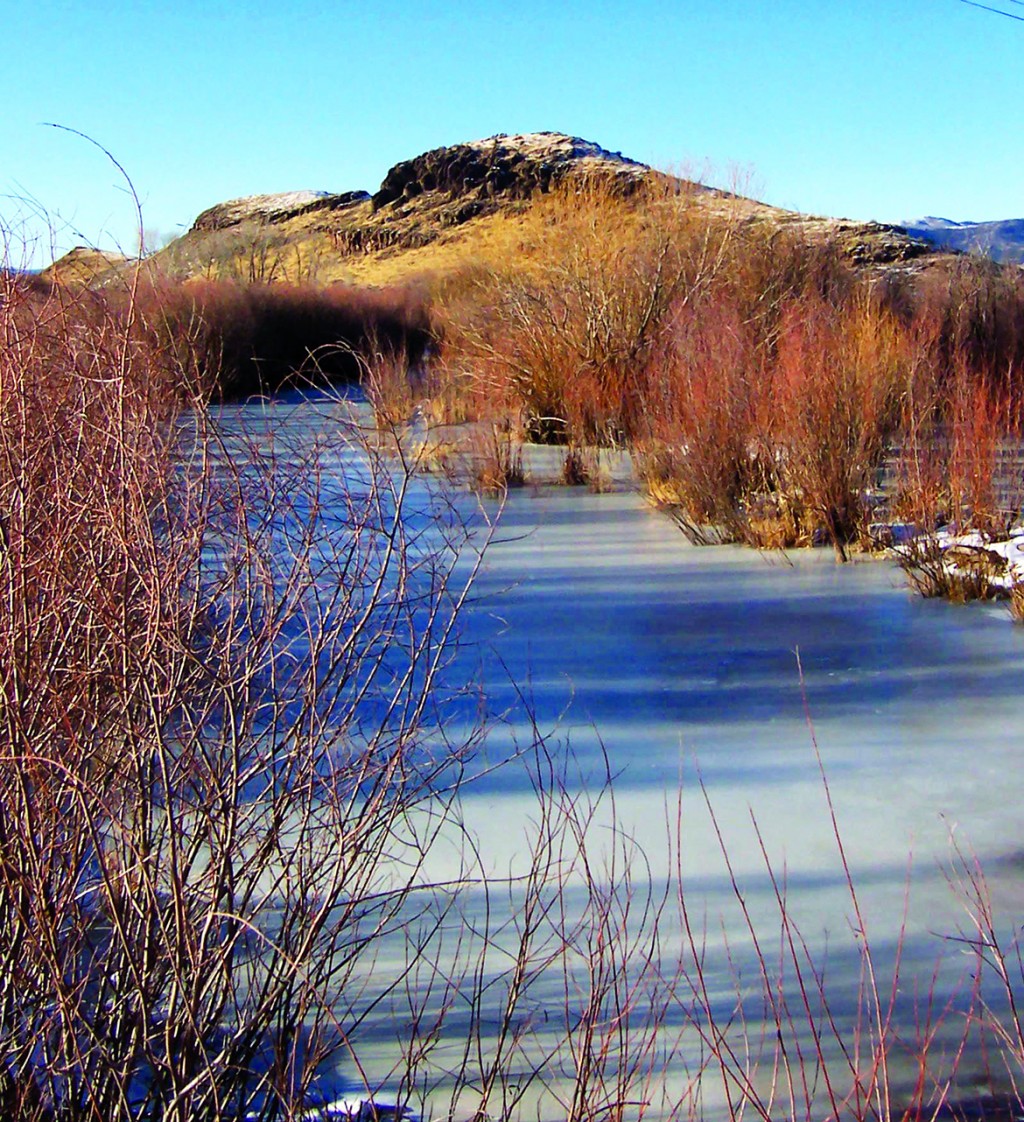Water export deal in the works for years

Saguache County filings date back to 2016
ALAMOSA — A water plan apparently in the works for the past several years was officially announced during a Rio Grande Water Conservation meeting in Alamosa last week, the Valley Courier reported Dec. 7.
While some of those proposing the plan are newly arrived players, the proposal is not. The plan first emerged in the late 1980s with Maurice Strong’s Arizona Land and Cattle Co. and Stockmen’s Water. After reorganizing as AWDI, the new version of the plan was opposed and defeated in the early 1990s by the Rio Grande Water District and Valley citizens. In the end, even Strong distanced himself from the plan.
Originally AWDI, backed by then Baca Ranch owner Gary Boyce — also owner of numerous other water rights — presented a plan to pump 200,000 acre-feet of water annually from the underground aquifer. They claimed there would be no impact on the environment or existing water users. The application was later amended to 60,000 acre-feet annually, (approximately twice the amount consumed yearly by the city of Pueblo).
Eventually Boyce’s organization admitted the plan would adversely affect Valley wells, but that was several miles down the road. Once again, yet another organization initially backed by Boyce is proposing a similar plan and offering the same assurances.
The new version of the water transport plan was most recently run past Saguache County Commissioners in 2014, prior to the death of Baca Ranch owner Gary Boyce. The entity then proposing the water was Sustainable Water Resources (SWR), now retitled as Renewable Water Resources (RWR). The new company is a mix of the previous organization and new members, a media advisor for the group said Tuesday.
According to a Denver Post article on Gary Boyce following his death in March 2016, Boyce’s 2014 plan pitched to Saguache commissioners was still in the works. This was confirmed to the Denver Post in 2016 by George Whitten, a former member of the Rio Grande Water Conservation District’s board.
Following Boyce’s death, the plan slowly became a reality with SWR deeding property back to Joanne Boyce beginning in December of 2016 and Joanne Boyce then deeding property, water rights and grazing rights to RWR. Most of these transfers took place this August. There are 10 plus pages of water rights with descriptions as well as grazing rights filed with the Saguache County clerk and recorder’s office, and all the property is located in Saguache County.
2014 Boyce proposal to Saguache BoCC
In late July of 2014, Boyce and members of SWR appeared before commissioners promoting a plan to export 2.5 percent of the Valley’s SWR-estimated 1.4 million acre-feet of surplus water to the Denver area via pipeline and the river system. At that time Boyce estimated $150 million would be generated from the project, which could be used for local schools and water districts. “Saguache County would get more than anyone else,” he said during that meeting.
Boyce told commissioners in the July 2014 meeting it would be up to Saguache County to put together the land needed to go into water court and apply for the appropriation. They also would need to supply the easements, rights-of-way etc. for a “one-time” price, he told commissioners.
The commissioners then sitting were Jason Anderson, Ken Anderson and Linda Joseph. They asked questions but did not seem particularly opposed to the plan. The prospect of economic gain, as was the case with marijuana development in the county, is being used to interest landholders.
RWR’s website seems to indicate that negotiations with some county residents, at least, has been ongoing. The following is taken from the site:
• The San Luis Valley has a pressing legal obligation to retire stream flows and unconfined aquifer wells, but lacks the financial resources required to do so.
• Saguache County has pressing community needs and limited resources to fund them.
• The Front Range and Colorado’s economic health is at risk by lack of renewable water.
• The project takes no new water out of the system, in fact, it puts water back into our stressed streams and unconfined aquifer.
• This project created by the people of the San Luis Valley benefits everyone, protects our environment and brings needed resources to our community.
As their predecessors before them, Renewable Water Resources spokespersons call the deal a “win-win” for the Valley. (See related article on Page 3A).



